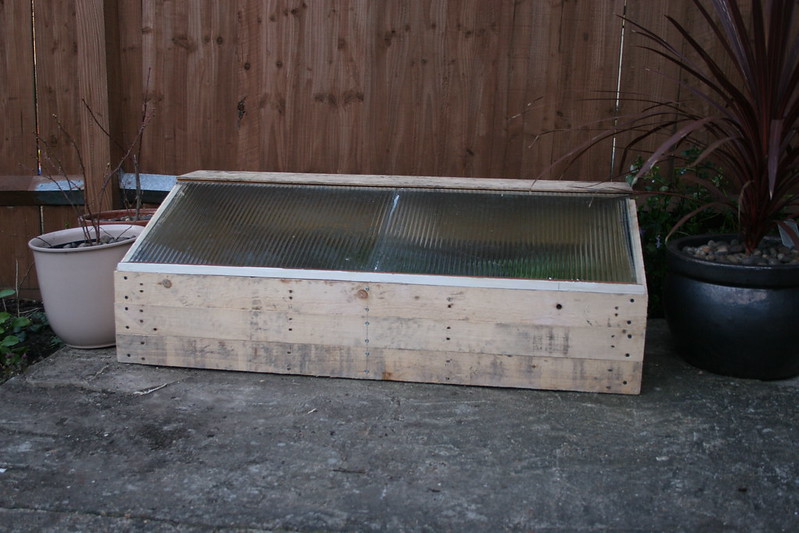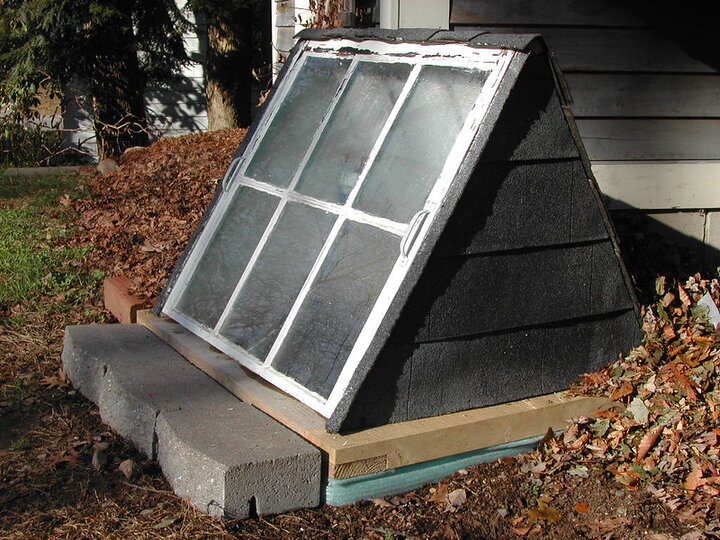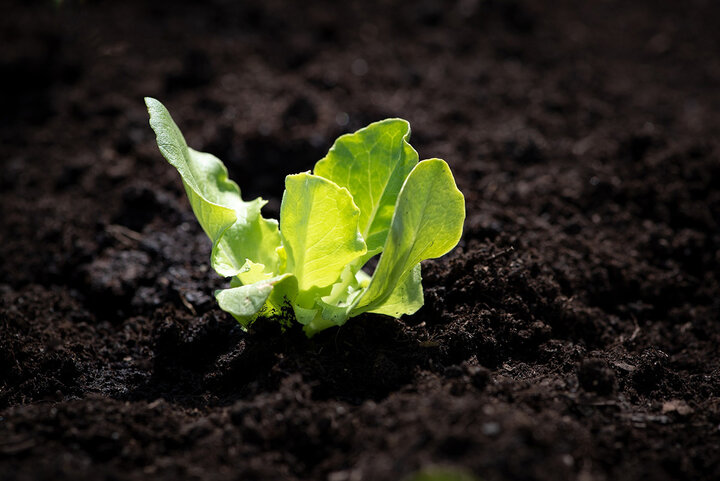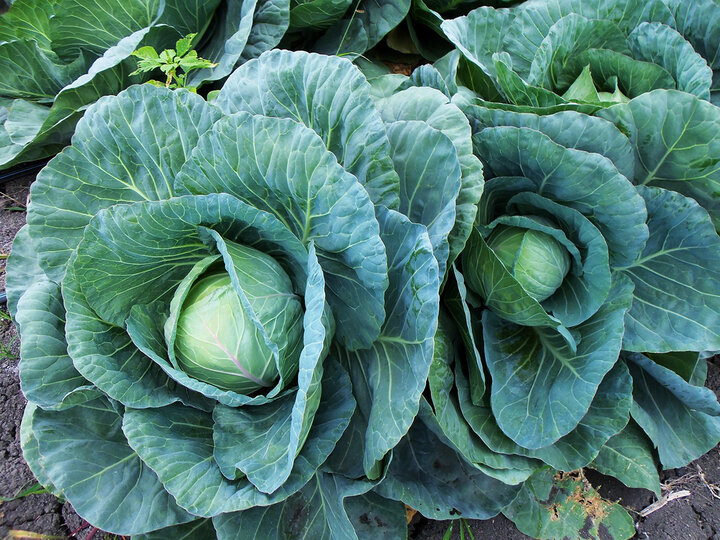Sarah Browning, Nebraska Extension Educator

A coldframe and hot bed functions as a small greenhouse to extend the growing season. "Coldframe" by psykle is licensed under CC BY-NC 2.0.
A cold frame or hotbed is an easy and inexpensive structure to create. It functions as a small greenhouse, enabling gardeners to extend their growing season in both spring and fall. It can be used to harden off seedlings in spring or grow late season crops of cold tolerant plants like greens.
Location
The ideal location for your structure is a southern or southeastern exposure with a slight slope to insure good drainage and maximum sun exposure. A sheltered spot with a fence, building, hedge or stack of hay bales to the north will provide protection against winter winds. Just make sure the windbreak protection doesn’t shade the cold frame. Sinking the base into the ground provides additional protection, using the earth for insulation.
Maintaining good drainage beneath the structure is essential to prevent water from accumulating in the soil. If natural drainage is poor, install drainage tile beneath the frame. Or build the base on top of a thick layer of coarse gravel.
Be sure to locate the structure close to a water source and near an electric outlet if heating cables will be used.

Building a Cold Frame or Hotbed
There is no standard size for a cold frame or hotbed. Size should be determined based on the amount of available space, desired crops, permanency of the structure and your need. Do not make the structure too wide for easy weeding and harvesting; 4 to 5 feet width is best for an easy reach across from either side.
This Old House provides great directions on building a cold frame.
Management
Temperatures of 70-75°F are best for germinating seed. Once germination occurs, maintain the temperature in the frame at plant level at 60-65°F for cool season crops and 65-75°F for warm season crops. If outside temperatures get too high, ventilation is essential.

Ventilation is most necessary in late winter, early spring, and early fall on clear, sunny days when outdoor temperatures rise above 45° F. On these warm days, the top sash should be raised partially to prevent the buildup of extreme temperatures inside the frame. Lower or replace the sash early enough in the day to conserve some heat for the evening. In spring, as the season advances, leave the sash off for most of the day and eventually during the night too, to "harden off" the transplants before planting them permanently in the garden.
More frequent watering will be needed when the weather is warm or windy and during the longer days of spring. However, overwatering, combined with high or low temperatures, encourages diseases. Use ventilation to balance the amount of water in the soil and reduce humidity around plants in the cold frame. Also, to reduce disease problems, watering should be done early in the day so plants are dry before dark.
Extra insulation may be needed when a sudden cold snap is expected. A simple method is to throw a mat or blanket, or burlap sacks filled with leaves over the sash at night to protect against freezing. For added insulation, set bales of straw or hay around the outside of the frame.

In summer, extreme heat and intensive sunlight can damage plants. This can be avoided by shading the structure with shade cloth, lath sashes or even old bamboo window blinds.&
Avoid high doses of nitrogen fertilizer and put transplants in the garden at the proper time. Do not start the transplants too early. Most annuals require 30-40 days from seeding time to transplanting.
For more information on cold frame construction, check out the following publication.
Building and Using Hotbeds and Coldframes. University of Missouri Extension.
Images
- "coldFrame" by TrombaMarina is licensed under CC BY-NC-SA 2.0.
- Many types of salad greens are a good crop to produce in a coldframe. Image by Pixabay.com.
- Plants in the cabbage family prefer cool growing conditions, making them a good winter crop for the coldframe. Plus, they can be more easily protected from damage by cabbage loopers! Image by Pixabay.com.